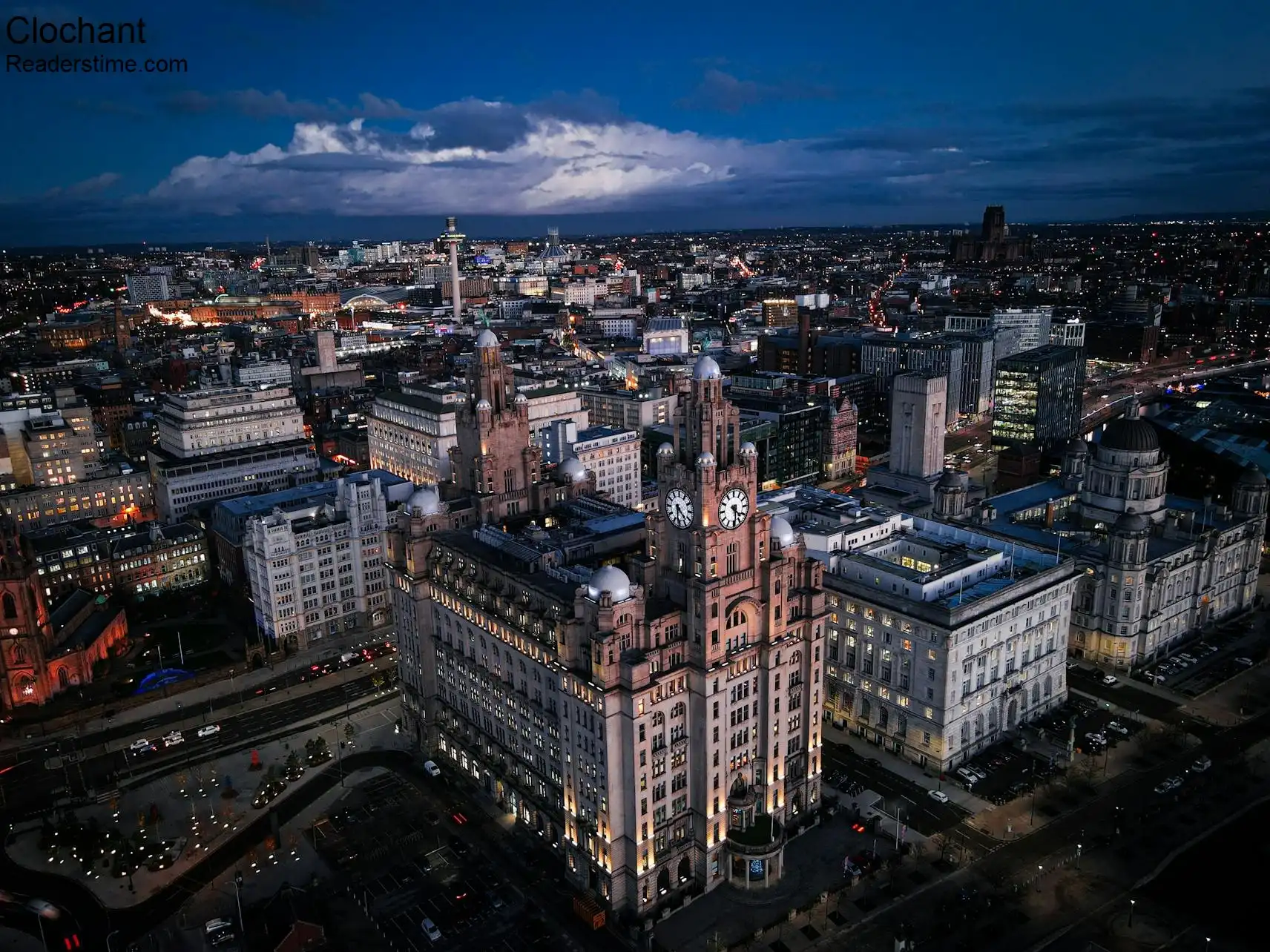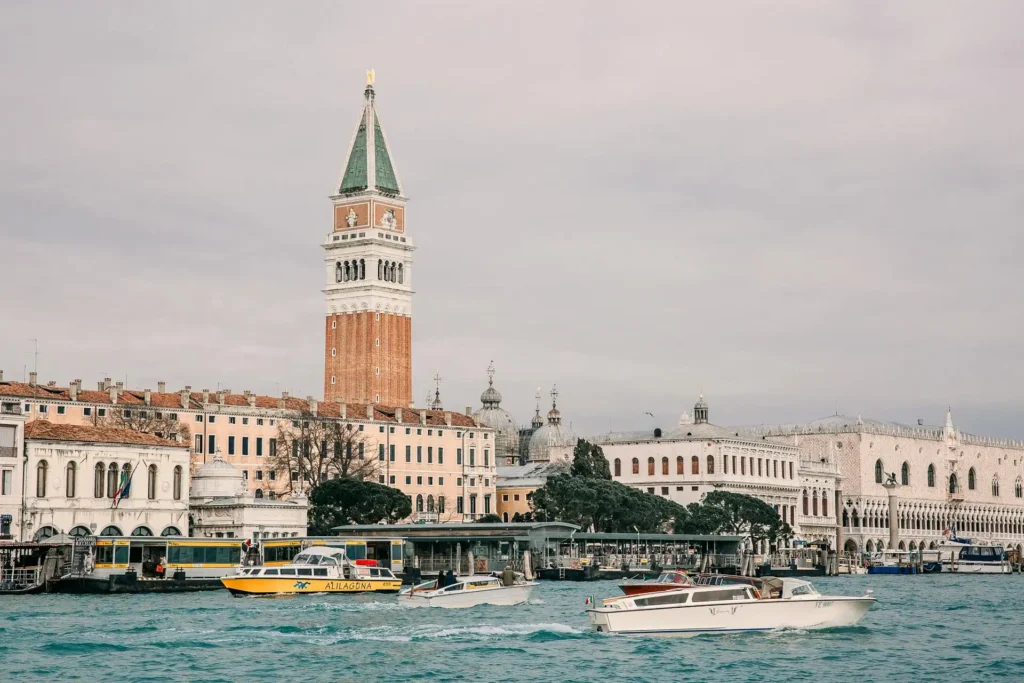Exploring the Historical and Cultural Significance of Clochant

Introduction
Clochant, a term that might be unfamiliar to many, holds significant historical and cultural value. It is a term rooted in architecture and history, often associated with the majestic structures that have adorned European landscapes for centuries. This article delves into the meaning, history, and cultural significance of Clochant, shedding light on its role in architectural heritage.
What is Clochant?
The term “Clochant” originates from French, referring to a bell tower, typically found in churches and cathedrals. These structures are designed to house bells, which are rung to signal the time, call to prayer, or mark significant events. Clochants are characterized by their tall, slender structures, often with a spire or pointed roof.
Historical Background

Origins and Evolution
The concept of the bell tower dates back to ancient civilizations, where bells were used for various ceremonial purposes. However, the Clochant, as we know it today, began to take shape during the early medieval period in Europe. The need to call communities to prayer and to mark time led to the construction of these towers.
During the Romanesque period (10th-12th centuries), Clochants were relatively simple and sturdy, reflecting the architectural style of the time. As Europe transitioned into the Gothic period (12th-16th centuries), these structures became more elaborate, with intricate stonework and towering spires that reached towards the heavens.
Notable Clochants
1. Notre-Dame de Paris: One of the most iconic examples of a Clochant is the bell towers of Notre-Dame Cathedral in Paris. These towers, built in the 12th century, are masterpieces of Gothic architecture and have become symbols of French cultural heritage.
2. St. Mark’s Campanile: Located in Venice, Italy, this bell tower stands apart from a cathedral but serves a similar purpose. Originally constructed in the 9th century and rebuilt in the 16th century, it is a prominent example of Renaissance architecture.
3. Big Ben: While not a traditional Clochant, the Elizabeth Tower, commonly known as Big Ben, in London, England, serves a similar purpose. Completed in 1859, it is a quintessential symbol of the United Kingdom.
Architectural Significance

Clochants are not merely functional structures; they are also masterpieces of architectural design. Their construction involves a combination of engineering prowess and artistic expression. The following elements are integral to their design:
1. Height and Visibility: Clochants are designed to be visible from a distance, symbolizing the presence and power of the church in medieval communities. Their height also allows the sound of the bells to carry further.
2. Spire and Roof Design: Many Clochants feature pointed spires, a hallmark of Gothic architecture. These spires are not only aesthetically pleasing but also serve to draw the eye upward, encouraging contemplation of the divine.
3. Stonework and Ornamentation: The stonework of Clochants often includes intricate carvings, statues, and decorative elements. These embellishments reflect the artistic trends of the period and the skill of the craftsmen who built them.
Cultural and Religious Significance
Clochants have played a crucial role in the cultural and religious life of communities for centuries. They are more than architectural feats; they are symbols of faith, community, and continuity.

Religious Symbolism
The primary purpose of a Clochant is to house the bells that call the faithful to prayer. The ringing of the bells marks the rhythm of daily life in many communities, signaling times for worship, work, and rest. The bells also play a role in special religious ceremonies, such as weddings, funerals, and holidays.
Community Identity
Clochants often serve as landmarks, helping to define the identity of a place. They are focal points around which communities gather and celebrate. The presence of a Clochant can instill a sense of pride and belonging among residents.
Preservation and Modern Relevance
Today, many Clochants are preserved as historical monuments, attracting tourists and scholars alike. They offer insights into the architectural techniques and cultural values of the past. Efforts to preserve and restore these structures ensure that they continue to inspire future generations.
Conclusion
Clochants are more than just bell towers; they are profound expressions of human creativity, faith, and community spirit. From their origins in medieval Europe to their role in modern cultural heritage, they stand as testaments to the enduring power of architecture to shape and reflect the human experience. Understanding and appreciating Clochants allows us to connect with the rich history and culture they embody, ensuring that their legacy continues to resonate in our contemporary world.
